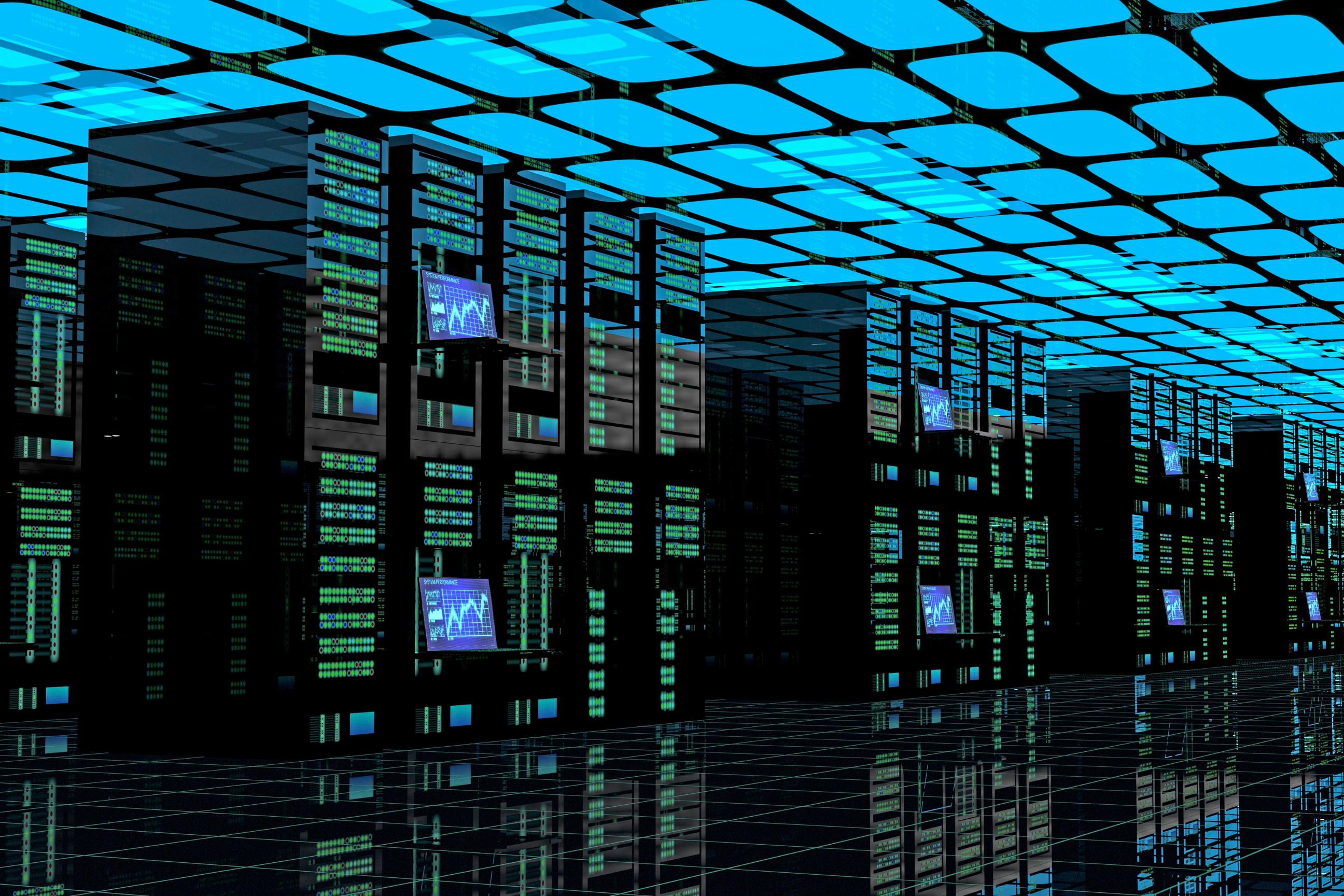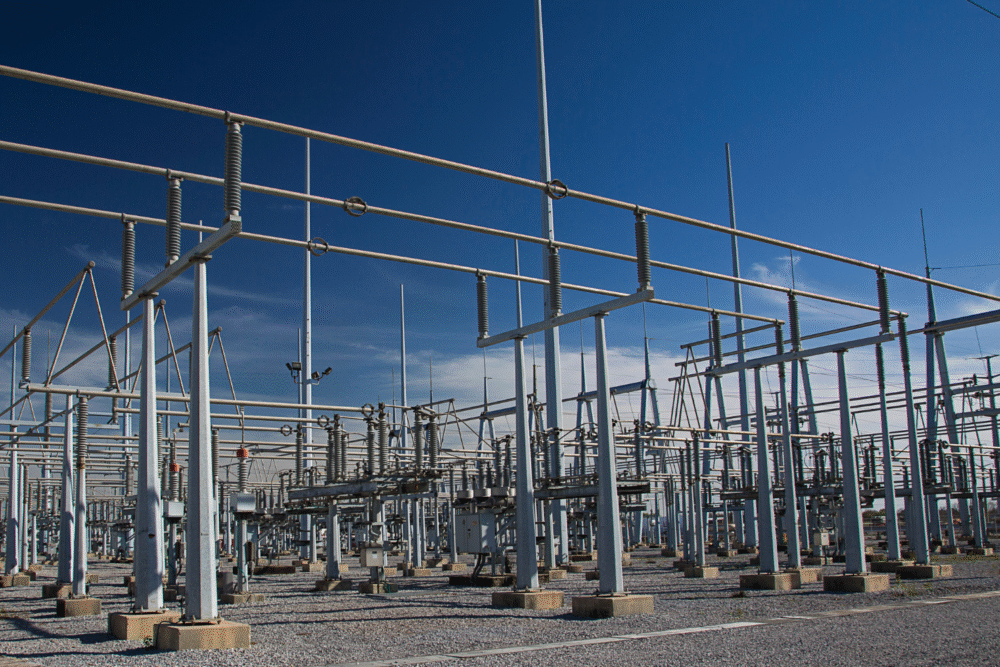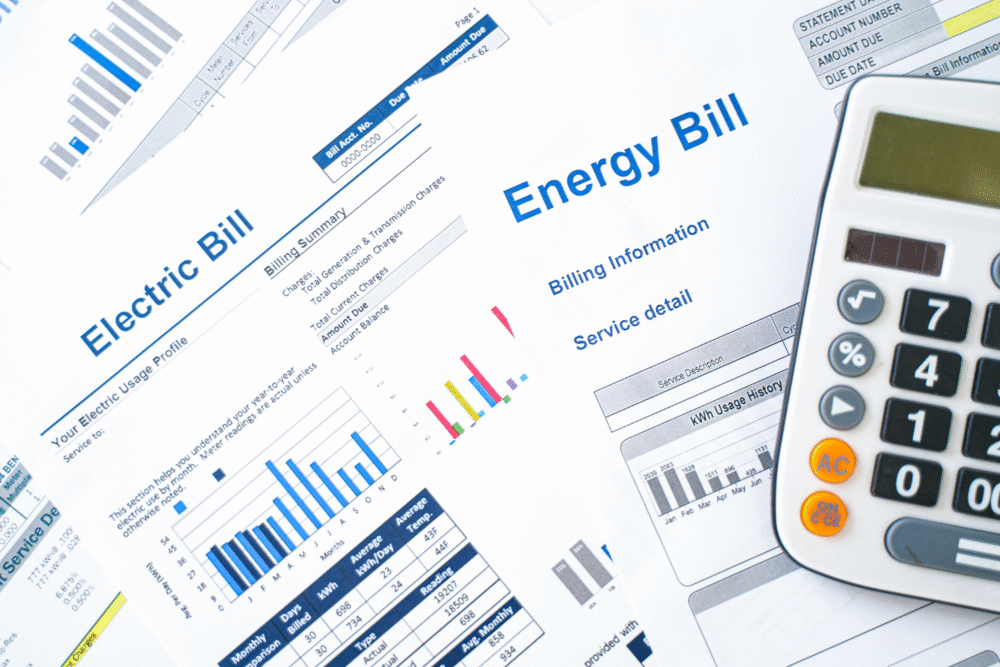Explore how AI’s growing electricity needs quietly affect household energy costs and usage.

Artificial intelligence tools and devices are becoming more common in homes, but their energy usage often goes unnoticed. From running smart assistants and upgrading appliances to supporting vast data centers behind the scenes, AI contributes to increased electricity consumption in subtle ways. This rising demand can lead to higher household energy bills. Understanding the full picture of AI’s power needs helps consumers manage costs and encourages smarter energy choices guided by experts from IEEE, NIST, and the US Department of Energy.
1. Understand how AI technologies require constant power to run effectively.

Artificial Intelligence technologies thrive on continuous power, drawing electricity to operate seamlessly. Picture a smart assistant requiring constant updates and voice processing. These minute tasks cumulatively escalate energy consumption as devices remain operational even when not actively in use.
Constant operation demands attention to your electricity bill, where every device duty cycle counts. At home, an array of similar devices like smart thermostats amplifies usage, potentially doubling what traditional appliances consumed. As AI permeates daily life, assessing energy pull becomes vital for awareness and management.
2. Recognize that data centers supporting AI consume significant electricity daily.

Data centers act as the brainpower behind AI operations, adjacent yet invisible. Each time AI processes or stores data, these facilities work tirelessly, expending vast energy reserves. These centers’ need for cooling and computational power makes them substantial electricity consumers.
The critical role data centers play highlights a staggering demand on electrical grids. Their global footprint underscores the weight they carry in power consumption, distinguishing AI’s energy appetite from regular residential use. Energy-efficient solutions at these centers represent potential relief mirrors for the household impacts.
3. Consider how increased AI usage leads to higher energy consumption at home.

Enhanced smart home experiences through AI suggest a stepped-up energy footprint. From smart lights that adjust brightness midday to systems dynamically regulating air conditioning, these incremental AI touchpoints steadily inch up power economies.
Household energy spikes can often correlate with newly introduced AI wonders. Consider scenarios where appliances mostly sit idle, but AI enhancements drive periodic activation, leading to compounded steeper bills. While conveniences abound, discerning their long-term energy stretching effects illuminates sensible consumption paths.
4. Learn how training AI models demands intensive computing and energy resources.

Training AI models demands immense computational prowess, leveraging sizable datasets. Each advance requires sustained machine learning processes, consuming additional energy. Behind every AI capability lies intensive resource investment during the training phase, impacting overall power needs.
Monumental energy expenditure during model development parallels that of research facilities. This frontier AI evolution subsequently mainstreams into everyday tech splurges. Understanding the energy burden associated with AI training underscores the broadscale infrastructural ingress demanding informed consumption choices.
5. Identify appliance and device upgrades that may draw extra power for AI features.
Recent AI features in devices, like predictive maintenance in appliances, attract extra energy draw. New functionalities akin to silent observers are into play, running algorithms in the background even during sleep modes. Their power needs often overshadow their task-lean predecessors.
The shift from manual to intelligent automation incorporates an energy cost shift. Consider upgraded software in smart TVs furnishing personalized recommendations, necessitating active data analysis. Evaluating these upgrades provides insight into how additional kilowatt requirements align to tech convenience.
6. Explore ways AI’s growing infrastructure impacts overall electricity demand patterns.

AI’s infrastructure imprint on electricity patterns extends beyond individual use. Population-wide reliance induces grid-level shifts, urging adjustments to demand curves. This layered burden on utility services reflects increased attention across distribution networks, influencing planning and operations.
A gradual electric demand realignment stems from compounded AI mechanisms within neighborhoods. When smart vehicle charging stations proliferate, electric load balancing becomes crucial. Extensive infrastructure demands prompt recalibration, anticipating those peak shifts while mitigating adverse economic and environmental effects.
